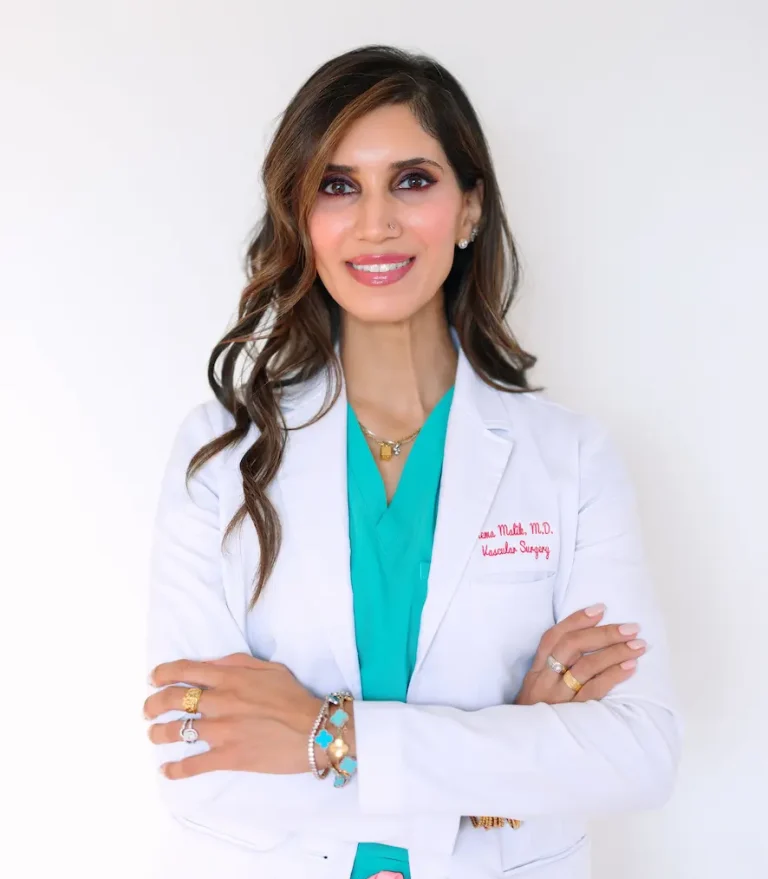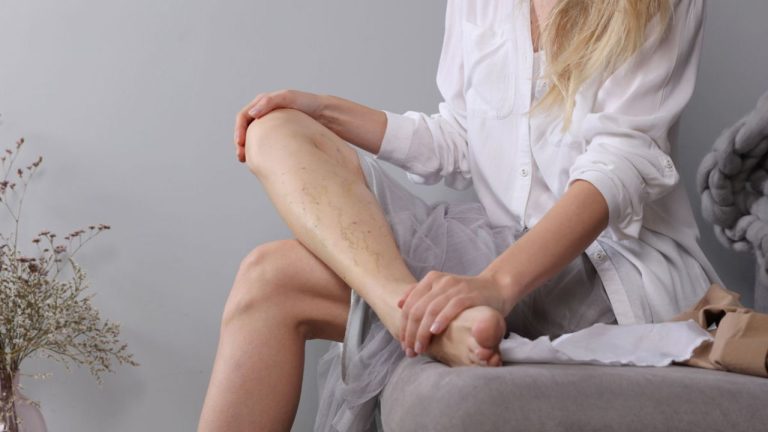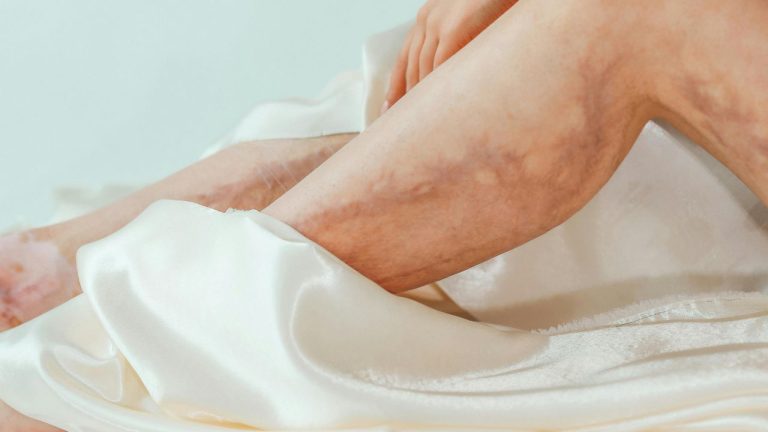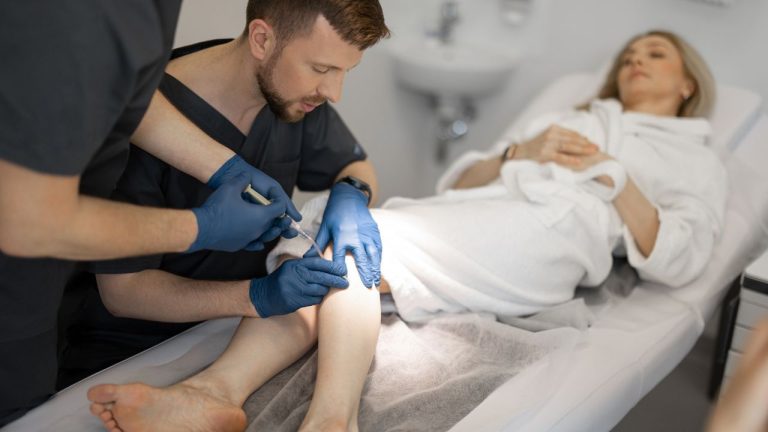Vein problems are highly prevalent worldwide. Studies suggest that spider veins affect up to 30% of adults, while varicose veins impact roughly 10–25% of the population, with higher prevalence in women and older adults. Not all vein concerns require the same treatment approach.
Cosmetic treatments primarily address the visible appearance of veins, enhancing confidence and skin aesthetics. In contrast, medical treatments target underlying venous insufficiency or other circulatory problems that cause discomfort or health risks. Choosing the appropriate treatment depends on the type of vein, severity, symptoms, and overall health.
Cosmetic vs. Medical Vein Treatment: Understanding the Differences
Visible veins on the legs, face, or other parts of the body are a common concern for many adults. While some veins are purely a cosmetic issue, others may indicate underlying vein disease that requires medical intervention. Understanding the distinction between cosmetic and medical vein treatments is essential to choosing the right approach, managing expectations, and ensuring optimal results.
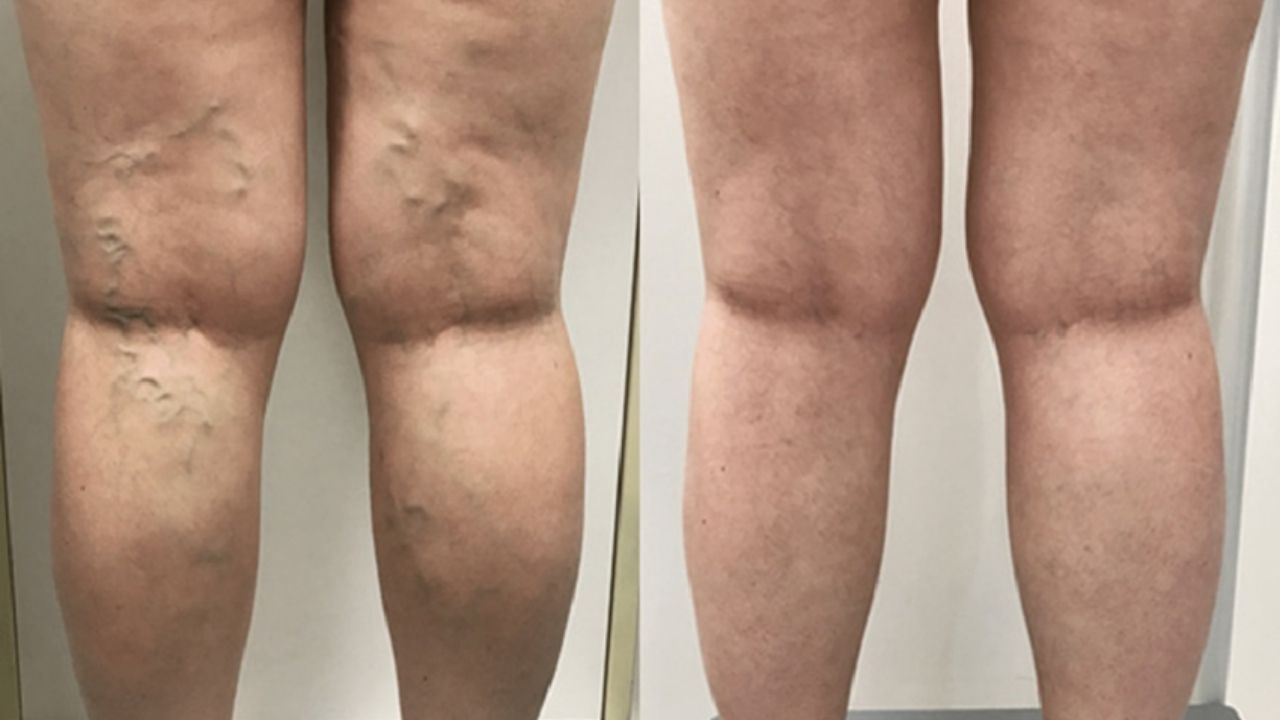
1. Cosmetic vs. Medical Vein Treatment: Purpose and Goals
Cosmetic Vein Treatment
Cosmetic vein treatments are designed to improve appearance rather than treat medical issues. They target small veins visible under the skin, including:
- Spider veins (telangiectasias): Fine, red or blue lines that often appear on the legs or face.
- Reticular veins: Slightly larger blue veins beneath the surface.
The main goal is aesthetic enhancement, helping patients feel more confident and comfortable in clothing that exposes their legs or arms. While these treatments can reduce mild discomfort in some patients, they are not intended to treat deeper vein disease.
Medical Vein Treatment
Medical vein treatments focus on restoring normal blood flow and alleviating symptoms associated with vein dysfunction. Common conditions treated medically include:
- Varicose veins cause pain, swelling, or heaviness
- Chronic venous insufficiency (CVI) leading to skin changes, pigmentation, or ulcers
- Reflux in the large saphenous veins can worsen over time
The goal is to address the underlying cause of vein disease, reduce symptoms, prevent complications, and improve overall leg health. A successful medical treatment often enhances appearance as a secondary benefit.
2. Cosmetic vs. Medical Vein Treatment: Common Procedures
Cosmetic Procedures
Cosmetic treatments are typically minimally invasive and performed in an outpatient setting. Examples include:
- Sclerotherapy: Injection of a solution into small veins, causing them to collapse and fade over time.
- Surface Laser Treatments: Use light energy to target small veins on the face or legs.
- Intense Pulsed Light (IPL): Reduces redness and fine spider veins, often used on facial veins.
These procedures require minimal downtime, with most patients able to walk immediately after treatment.
Medical Procedures
Medical vein treatments are intended to address deeper venous issues and may involve slightly more invasive techniques:
- Endovenous Laser Ablation (EVLA) or Radiofrequency Ablation (RFA): Uses laser or radiofrequency energy to close large, refluxing veins.
- Vein Stripping or Microphlebectomy: Surgical removal of problematic veins that cannot be treated with minimally invasive methods.
- Compression Therapy: Use of medical-grade stockings to improve circulation and reduce symptoms.
These procedures often require pre-treatment ultrasound mapping to assess the veins’ function and guide treatment.
3. Cosmetic vs. Medical Vein Treatment: Symptoms and Patient Profiles
Cosmetic Candidates
- Mostly concerned about appearance rather than pain
- May have small spider veins or minor reticular veins
- Typically healthy with no significant vein disease
- Seek enhancement of skin tone and smoothness
Medical Candidates
- Experience pain, swelling, heaviness, cramps, or skin changes
- Have bulging varicose veins or chronic venous insufficiency
- May require diagnostic testing, including duplex ultrasound
- Seek relief from symptoms and prevention of long-term complications
Understanding your symptoms and the underlying cause of veins is crucial. Misdiagnosing a medical problem as purely cosmetic can delay proper treatment and worsen symptoms over time.
Read Also: How to Relieve Varicose Vein Pain
4. Cosmetic vs. Medical Vein Treatment: Diagnostic Requirements
- Cosmetic Treatment: Usually, a physical examination is sufficient. Imaging is not always necessary if the veins are small and superficial.
- Medical Treatment: Often requires a duplex ultrasound to evaluate blood flow, valve function, and venous reflux. Ultrasound helps determine whether the veins are safe to treat and guides the best approach for optimal results.
5. Cosmetic vs. Medical Vein Treatment: Recovery and Downtime
- Cosmetic Treatments: Minimal recovery, walking immediately post-procedure, mild bruising or redness may last a few days.
- Medical Treatments: Depending on the procedure, recovery may take longer. EVLA or RFA patients may resume normal activities in a day or two but may need compression stockings for one to two weeks. Surgical options, such as vein stripping, may require several weeks for a full recovery.
6. Cosmetic vs. Medical Vein Treatment: Insurance and Cost Considerations
- Cosmetic Treatments: Typically not covered by insurance as they are elective. Patients pay out-of-pocket for aesthetic improvement.
- Medical Treatments: Often covered by insurance if the procedure is medically necessary to treat symptoms or prevent complications such as ulcers or deep vein thrombosis (DVT).
7. Cosmetic vs. Medical Vein Treatment: Potential Risks
While both types of treatments are generally safe, risks differ slightly:
- Cosmetic Risks: Minor bruising, temporary pigmentation changes, superficial thrombophlebitis, or small allergic reactions to injection solutions.
- Medical Risks: DVT (rare), nerve irritation, skin burns (for thermal procedures), infection, or post-procedure swelling. Proper evaluation and skilled specialists minimize risks.
Can Both Treatments Be Combined?
In some cases, patients may benefit from a combined treatment approach. First, the underlying medical vein problem is addressed to prevent recurrence and ensure proper circulation. Once the deeper veins are treated, cosmetic procedures can target any remaining visible surface veins. This staged strategy not only enhances the aesthetic appearance of the legs but also promotes long-term vein health and reduces the likelihood of future complications.
Cosmetic vs Medical Vein Treatment: Summary Table
Before choosing a treatment, it’s important to understand the key differences between cosmetic and medical vein procedures. The table below highlights their main goals, common techniques, recovery, and coverage, helping you determine which approach best fits your needs.
| Aspect | Cosmetic vein treatment | Medical vein treatment |
| Primary Goal | Improve appearance | Treat vein disease and symptoms |
| Common Procedures | Sclerotherapy, surface laser, IPL | EVLA, RFA, microphlebectomy, compression therapy |
| Diagnostic Test | Usually physical exam only | Duplex ultrasound required |
| Symptoms | Visual concerns, minimal discomfort | Visual concerns, minimal discomfort |
| Recovery | Minimal, quick return to activities | Moderate, may require compression and limited activity |
| Insurance | Not usually covered | Often covered if medically necessary |
Conclusion
While cosmetic and medical vein treatments both improve vein appearance, their purpose, procedure, and outcomes differ. Cosmetic treatments are ideal for minor, superficial vein concerns, whereas medical treatments address underlying vein disease and associated symptoms. Patients with combined concerns often benefit from a staged approach, addressing medical needs first, followed by cosmetic refinement.
A consultation with a board-certified vein specialist or vascular surgeon is the best way to determine which approach is suitable, ensuring safe, effective, and long-lasting results.
Have A Look: How Much Does Cosmetic Vein Treatment Cost
Frequently Asked Questions (FAQ)
What is the difference between cosmetic and medical vein treatment?
Cosmetic treatments focus on improving appearance by removing small surface veins. Medical treatments address underlying vein problems like varicose veins, relieving symptoms and preventing complications.
Can cosmetic treatments remove large varicose veins?
No. Large or bulging veins usually require medical treatments such as EVLT, radiofrequency ablation, or surgical removal. Cosmetic methods are best for small, superficial veins.
Do cosmetic treatments need diagnostic tests?
Usually not. Cosmetic procedures often only need a physical exam. Medical treatments typically require a duplex ultrasound to assess vein function and detect deeper issues.
Is recovery different for cosmetic and medical treatments?
Yes. Cosmetic treatments involve minimal downtime, often allowing immediate activity. Medical treatments may require compression stockings and limited activity for a few days to ensure proper healing.
Are cosmetic treatments covered by insurance?
No, cosmetic procedures are usually elective. Medical treatments may be covered if necessary to treat symptoms or prevent complications.
Can cosmetic and medical treatments be combined?
Yes. Treating medical vein issues first, followed by cosmetic treatments for surface veins, ensures both symptom relief and improved appearance.
